
About the Author
Stewart M. Green, living in Colorado Springs, Colorado, is a freelance writer, editor, and photographer for Falcon-Guides, Globe Pequot Press, and other publishing companies. Hes written over 35 travel and climbing books for Falcon-Guides, including Rock Art , KNACK Rock Climbing, Rock Climbing Colorado, Rock Climbing Europe, Rock Climbing Utah, Best Climbs Phoenix, Arizona, Best Climbs Rocky Mountain National Park , and Rock Climbing New England. Stewart, a lifelong climber, began his climbing career in Colorado at age twelve and has since climbed all over the world. Hes also a professional climbing guide with Front Range Climbing Company. Visit his website and blog at http://green1109.wixsite.com/stewartmgreenphoto.

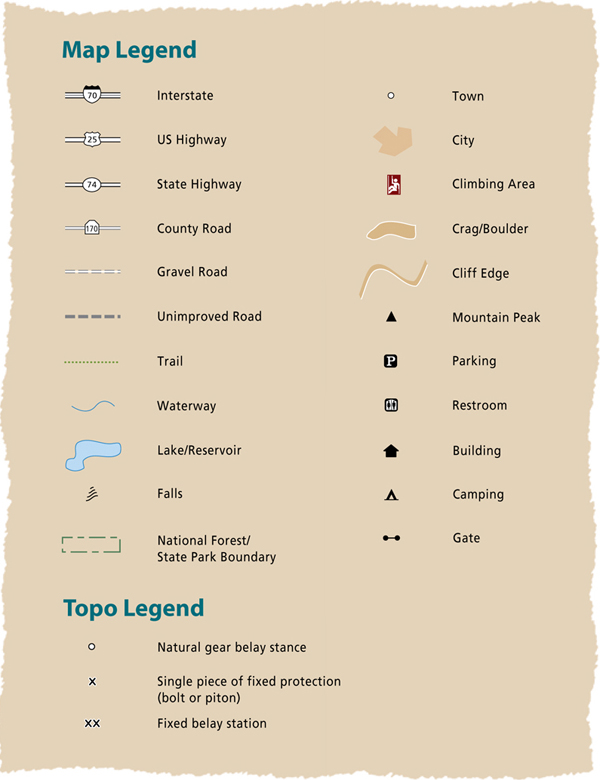
Denver/Boulder Overview
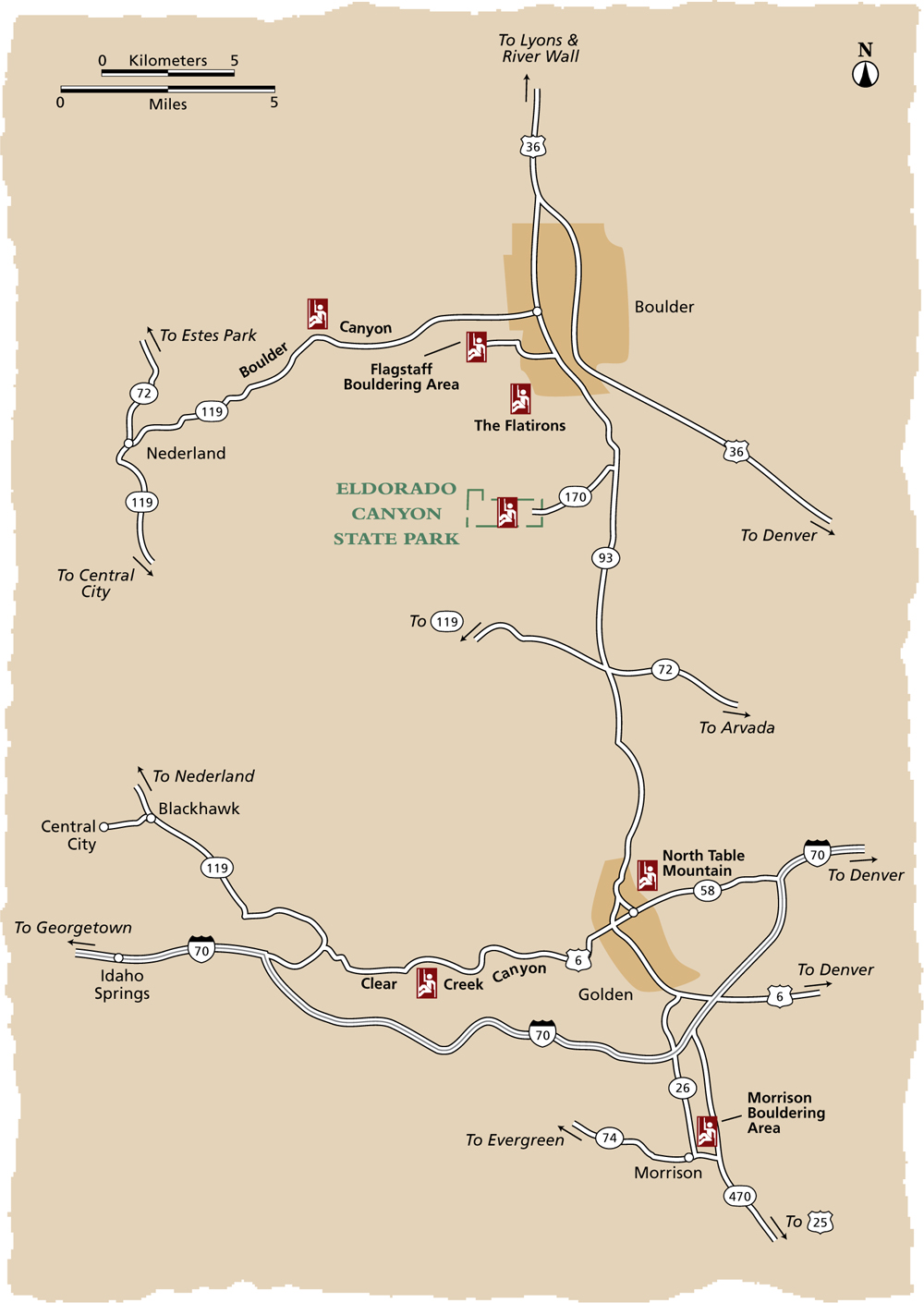
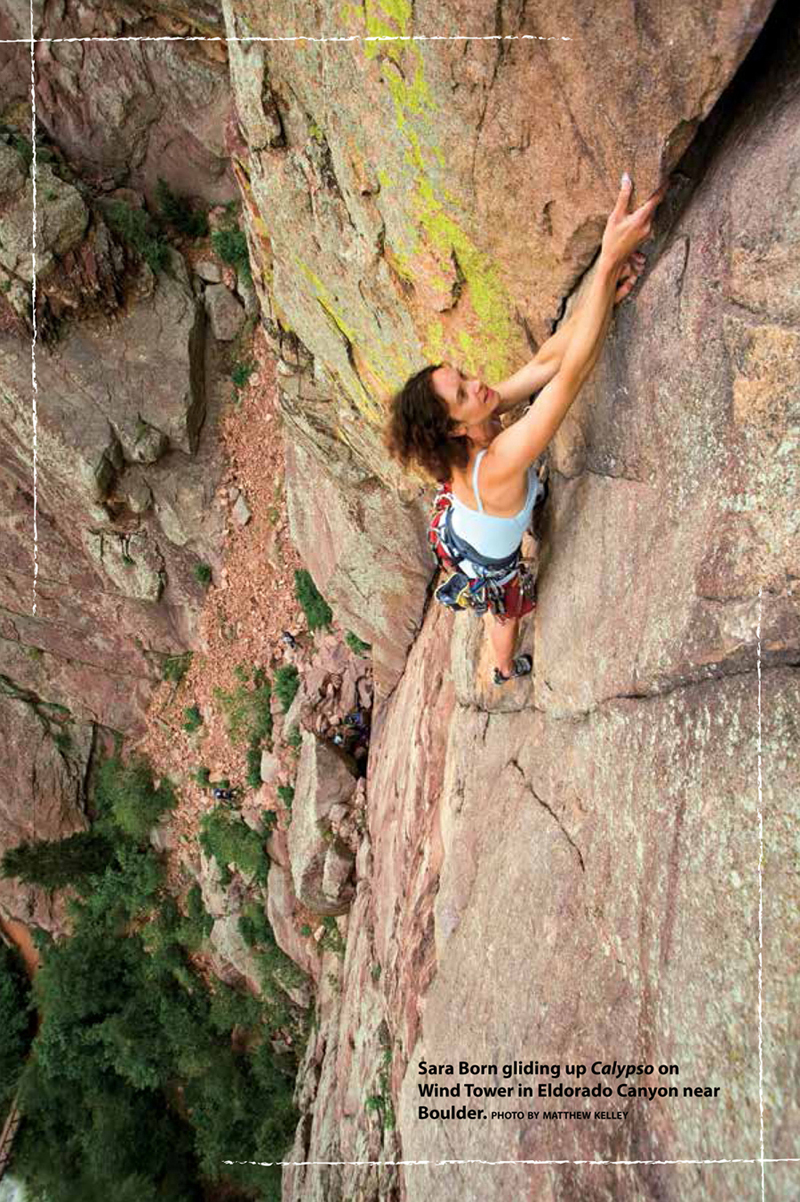
FALCON GUIDES
An imprint of The Rowman & Littlefield Publishing Group, Inc.
4501 Forbes Blvd., Ste. 200
Lanham, MD 20706
www.rowman.com
Falcon and FalconGuides are registered trademarks and Make Adventure Your Story is a trademark of The Rowman & Littlefield Publishing Group, Inc.
Distributed by NATIONAL BOOK NETWORK
Copyright 2019 The Rowman & Littlefield Publishing Group, Inc.
Photos by Stewart M. Green except where indicated
Maps by Melissa Baker
All rights reserved . No part of this book may be reproduced in any form or by any electronic or mechanical means, including information storage and retrieval systems, without written permission from the publisher, except by a reviewer who may quote passages in a review.
British Library Cataloguing in Publication Information available
Library of Congress Cataloging-in-Publication Data available
ISBN 978-1-4930-3931-9 (paperback)
ISBN 978-1-4930-3932-6 (e-book)
 The paper used in this publication meets the minimum requirements of American National Standard for Information SciencesPermanence of Paper for Printed Library Materials, ANSI/NISO Z39.48-1992.
The paper used in this publication meets the minimum requirements of American National Standard for Information SciencesPermanence of Paper for Printed Library Materials, ANSI/NISO Z39.48-1992.
Printed in the United States of America
The author and The Rowman & Littlefield Publishing Group, Inc. assume no liability for accidents happening to, or injuries sustained by, readers who engage in the activities described in this book.
Dedicated to the great Denver and Boulder climbers who established these Best Climbs for our enjoyment, including Dale Johnson, Ray Northcutt, Layton Kor, Pat Ament, Larry Dalke, Jim Erickson, Steve Wunsch, Alan Nelson, and Ken Trout. Thanks for your vision, boldness, and hard work!
Introduction
The Front Range skyline above Denver and Boulder offers some of Colorados best and most varied climbing adventures, from long, easy scrambles up the tilted Flatiron faces to short, fierce testpieces in Clear Creek Canyon. In between are lots of moderate sport climbs at Golden Cliffs, multi-pitch traditional-style gear routes up soaring sandstone walls at Eldorado Canyon, a multitude of sport and trad lines on compact granite crags in Boulder Canyon, two handfuls of stellar sport routes on Colorados best little cliffthe River Walland Flagstaff Mountain, Colorados historic bouldering area.
Climbing Seasons
Climbing is possible year-round along the Front Range west of Boulder and Denver, with the shoulder seasons of spring and autumn offering the best weather. Spring, from March through May, brings variable weather. Expect warm, dry days sandwiched by cool, windy days with occasional rain or snow. Summer days are usually hot, with highs creeping into the 90s. Look for shady cliffs during the heat of the day. Also watch for thunderstorms, which quickly build over the mountains like clockwork in the early afternoon. Plan your climbs accordingly by going in the morning, being prepared for rain, and retreating when lightning plays on the ridges. Autumn is the ideal season for your best climbs, with warm, sunny days and cool nights. Precipitation is usually light and short-lived. Winter brings wild and variable weather. While many days are frigid and snowy, stretches of sunny high-pressure days are also found. Look for south-facing cliffs to maximize warmth and daylight.
Land Management and Closures
All of the crags are on public land, and include Boulder Open Space, Roosevelt National Forest, Eldorado Canyon State Park, Access Fund land, and Jefferson County Open Space. The boundaries between the different tracts of public land as well as adjoining private property are often blurred. Use your best judgment to avoid trespassing and controversy. Also check for restrictions before placing bolts and fixed gear, which is illegal without prior permission on Boulder Open Space property and at Eldorado Canyon State Park.
Some cliffs are seasonally closed for raptor nesting. These areas include parts of Boulder Canyon, the Flatirons, and Eldorado Canyon. Most closures occur from February 1 until July 31. Check with the land management agency for complete closure information. Closures are usually posted at trailheads and sometimes at the base of popular climbs. Cliffs in this book that are usually closed include the Third Flatiron, The Matron, and parts of the Redgarden Wall.
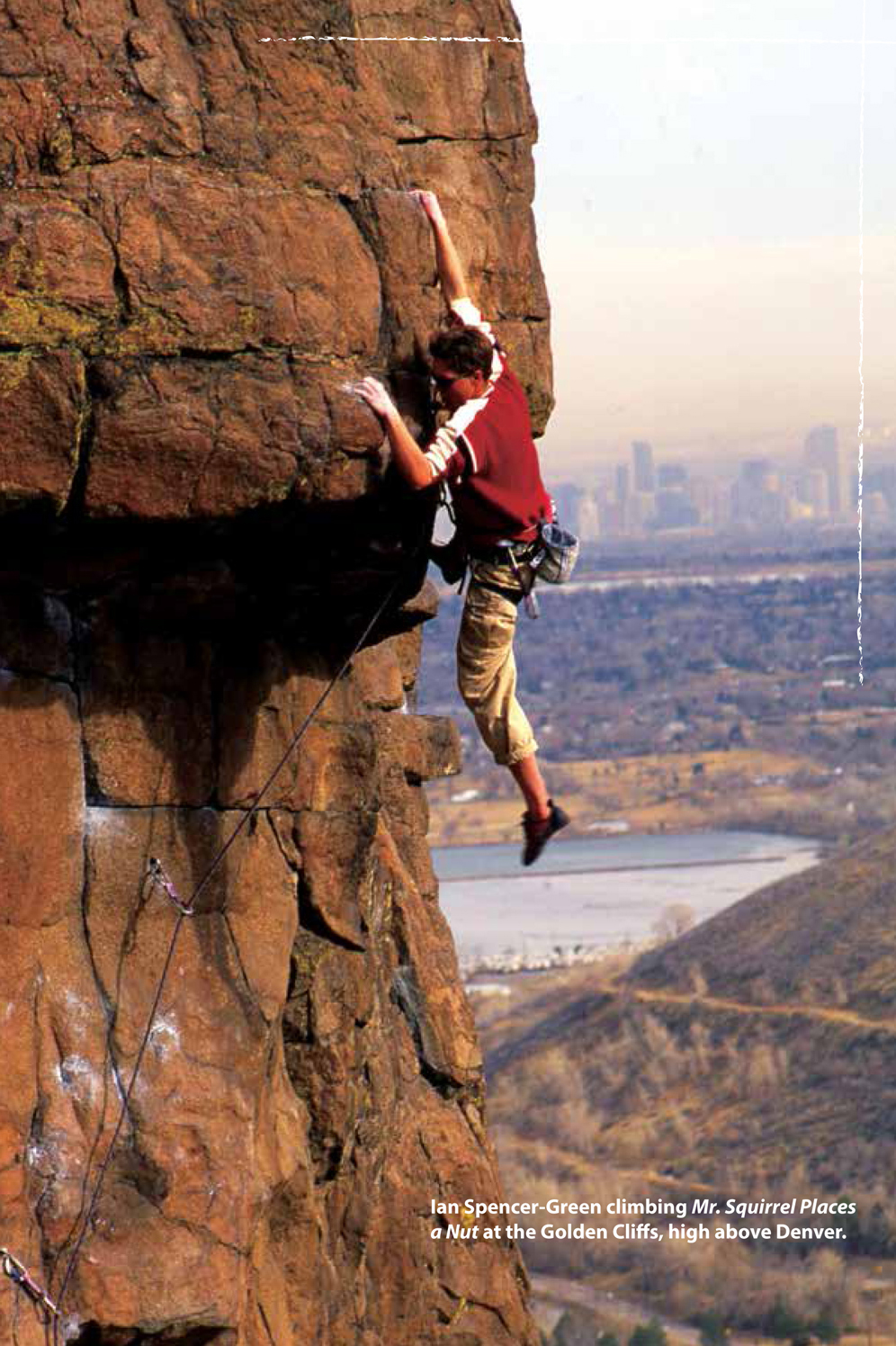
Climbing Rack
While gear suggestions are included in many of the route descriptions, what you carry on your climbing rack is up to you. Look at your proposed route and decide what you need to safely protect yourself when you climb.
If its a sport climb, count the number of bolts and add a couple more for the anchors. For traditional routes, bring a standard rack that includes sets of RPs, Stoppers, and cams to 3 inches. Also bring eight to twelve quickdraws and three to five slings with extra carabiners. Some climbs might require an off-width piece, and others, particularly in Eldorado Canyon, are often protected with Aliens or other small Tri-cam units.
A 165-foot (50-meter) rope works great for almost all the routes in this book. If you use a 200-foot (60-meter) or longer rope, you can often run pitches together. Just remember to make sure your rope is long enough if youre lowering someone off a sport route, so you dont drop her.
Climbing Dangers and Safety
Rock climbing is dangerous. Thats a fact. The perils of climbing, however, are usually overstated. The risks we take are the ones we choose to take. Everything we do as climbers, including placing gear, setting anchors, tying into the rope, and belaying, is to mitigate the dire effects of gravity and to minimize the danger of climbing. Its up to you to be safe when youre climbing. Be safety conscious and use the buddy system to double-check your partner and yourself.
Redundancy is the key to your personal safety. Always back up every important piece of gear with another and use more than one anchor at belay and rappel stations. Your life depends on it. Beginner climbers are most vulnerable to accidents. If youre inexperienced, hire a guide or take lessons. Always use sound judgment when climbing, and respect the danger. Dont get on climbs beyond your ability and experience. Remember that most accidents happen because of climber error.
Next page

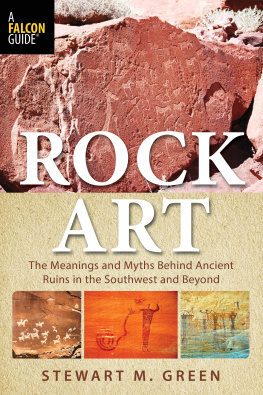
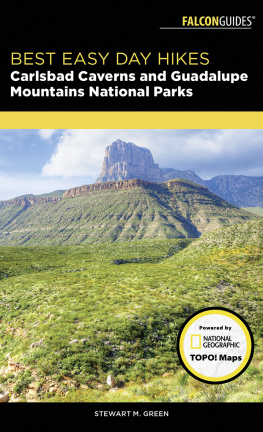
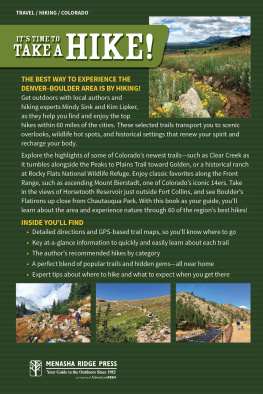

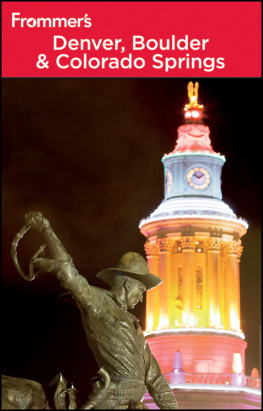
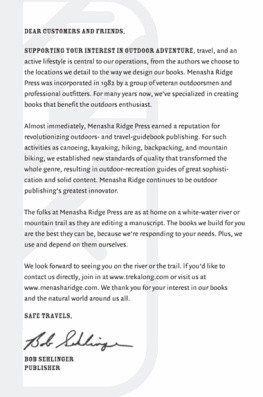
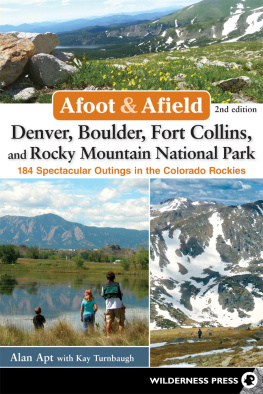





 The paper used in this publication meets the minimum requirements of American National Standard for Information SciencesPermanence of Paper for Printed Library Materials, ANSI/NISO Z39.48-1992.
The paper used in this publication meets the minimum requirements of American National Standard for Information SciencesPermanence of Paper for Printed Library Materials, ANSI/NISO Z39.48-1992.